- Tags:
- Bubble Tea / Junichi Nakahara / Kasho Takabatake / LGBTQ* / Retro / Sakuma Asana / Showa Era / Taisho Era / Tapioca
Related Article
-
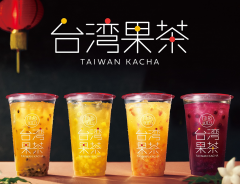
Authentic Tawianese fruit tea coming to Japan’s Mister Donut in collaboration with tea stand HOPECHA
-
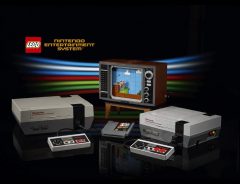
Lego’s 2,600-piece NES set lets you rebuild 8-bit gaming memories – without having to blow on the cartridge
-
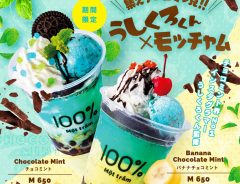
Fresh boba shop Mot Tram serves chocolate mint boba drinks this summer for limited time
-
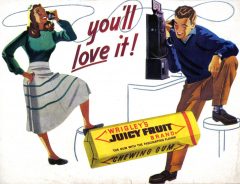
Juicy Fruit Retro Look-alike from Lotte
-
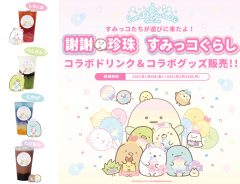
An adorable bubbly collaboration between Sumikko Gurashi and a bubble tea store
-

Pearl Lady’s experimental Tokyo ‘Tea Lab’ dream up ‘Chee-zun Tea’ and other bubble tea oddities
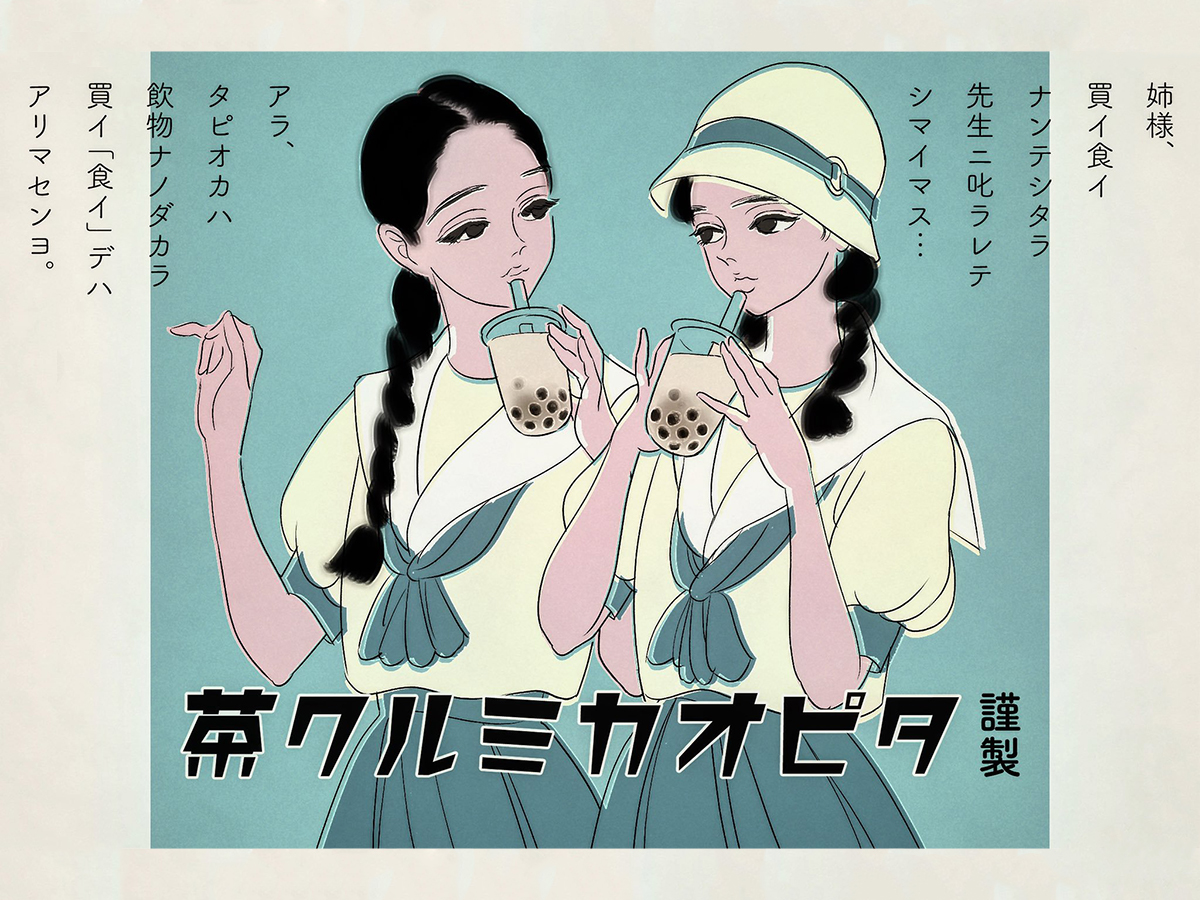


Bubble tea drinks are all the rage in Japan and shops selling bubble tea, or tapioca タピオカ as it's called here, seem to be popping up everywhere in major cities throughout the country. Many of these shops, like Chatime, CoCo Fresh Tea & Juice, Saisabo, and The Alley Lujiaoxiang, are direct imports from Taiwan, but home-grown bubble tea shops like comma tea, Ochaba and Tapista can also be found.
Bubble Tea: Mostly smooth sailing but some rough waters
While the mood is generally positive towards the growing presence of bubble tea in Japan, there have been a few problems.
As has been the case ever since the Meiji Period, young women's fashions and trends have invariably been the subject of criticism, primarily by men. It would seem that the bubble tea boom, primarily sustained by female consumers, is no exception. As we reported earlier, an online controversy erupted after a customer visiting a newly opened bubble tea shop complained that the shop's cute mood was ruined by the presence of an older man working behind the counter (who happened to be the CEO pitching in to help the line move faster). Although many were critical of her view which could be construed as sexist and ageist, there was just as much criticism of the backlash it provoked which partly devolved into misogynistic dismissals of bubble tea as representative of young women's trends.
Moreover, according to the Yukan Fuji, organized crime has also tapped into the bubble tea industry due to its profitability.
Finally, as reported by Nippon.com based on a Fuji News Network broadcast from June 5, 2019, areas such as Harajuku and Omotesando, which have a high density of bubble tea shops and arguably insufficient trashcans, are facing a serious littering problem with people discarding the large plastic cups haphazardly in the streets or public toilets, and blocking up trashcan holes only wide enough to fit cans or bottles.
Sakuma Asana's bubble tea illustration
Cognizant of the bubble tea trend and some of the issues it currently faces, Sakuma Asana, an illustrator and manga artist most famous for his ongoing comic essay 『あさな君はノンケじゃない!』"Asana-kun isn't straight!" posted an illustration on his Twitter account which immediately caught the public's attention. Drawn in a retro style reminiscent of the early Showa era, it looks like an advertisement for bubble tea.
With permission from Sakuma Asana (@sakuma_asana)
Older sister, you'll be scolded by teacher if you spend your pocket money on food*...
Dear me, tapioca is a drink, so it isn't "food"...
A Quality Product: Tapioca Milk Tea
* The older sister is playing with semantics, since kaigui 買い食い literally means "buying and eating" but actually refers to using one's pocket money on buying snacks, a practice which was (and in some cases, still is) prohibited by Japanese schools and discouraged by parents. A sweet drink would obviously not be exempt.
The motif I used for the female students was a painting called 「移り行く姿」Utsuriyuku Sugata (changing appearances) by Kasho Takabatake {see below}. I didn't draw it with a specific era in mind (I wrote the text in gendai kana for legibility, and the the logo is in a techno kind of font). Recently, the mood is like ‘bubble tea is evil,’ so I wanted to draw something positive relating to bubble tea. It's just an idea, nothing more...
The artist kindly agreed to answer a few questions we had about his drawing and his artistic intent:
Mini-Interview
grape Japan (gJ): [In introducing this illustration on Twitter,] you wrote: “Recently, the mood is like ‘bubble tea is evil,’ so I wanted to draw something positive relating to bubble tea.” There seems to be various kinds of criticism relating to bubble tea. For example, the littering problem in Harajuku, ageism and sexism {as we saw with the Tapista incident}, and the alleged involvement of organized crime. What aspect are you particularly concerned with?
Sakuma Asana (SA): I was raised in a neighborhood with many Shinto shrines and Buddhist temples. They are always plagued by trash at New Year’s time {when it is traditional to visit} and during summer festivals. Therefore, {bubble tea drink} littering is an immediate problem which I was particularly concerned with.
gJ: Bubble tea drinks weren’t actually a fad in Japan’s prewar years. Could you tell us what was behind your decision to express this theme in such a retro style?
SA: I imagined an overlap between bubble tea and “trendy drinks” such as Calpis and Chorus(*1) from the Taisho Era to early Showa Era, so I thought it would be interesting to combine them. I’ve always been a fan of Junichi Nakahara and Kasho Takabatake(*2), so I thought I would draw it with a retro touch.
gJ: Is there a message you’d like to communicate through this work?
SA: This isn’t limited to {issues around} bubble tea but social media is overflowing with statements which simplistically reject specific sexual and national identities. People (myself included) are prone to fall into the thought pattern of “judging a part to reject the whole.” If only we could use our imaginations and “take the good with the bad”… I put a smidgen of that idea into this drawing.
(*1) Both Calpis (known as Calpico outside of Japan) and Chorus have existed since prewar times in Japan.
(*2) Painter Kasho Takabatake and illustrator and graphic designer Junichi Nakahara were prominent artists in the prewar (Takabatake) and the prewar to postwar early Showa age (Nakahara) whose distinctive depictions of women featured large eyes and slender figures, an aesthetic that was particularly admired at the time. Their work was often used in magazine covers and advertising campaigns of the time.
Sakuma Asana
Sakuma Asana creates manga about daily life and memories. Fashion and Disney often appear as topics in his work. His ongoing autobiographical comic essay 『あさな君はノンケじゃない!』"Asana-kun isn't straight!" is available online and in print:
『あさな君はノンケじゃない!』"Asana-kun isn't straight!"
Social Media